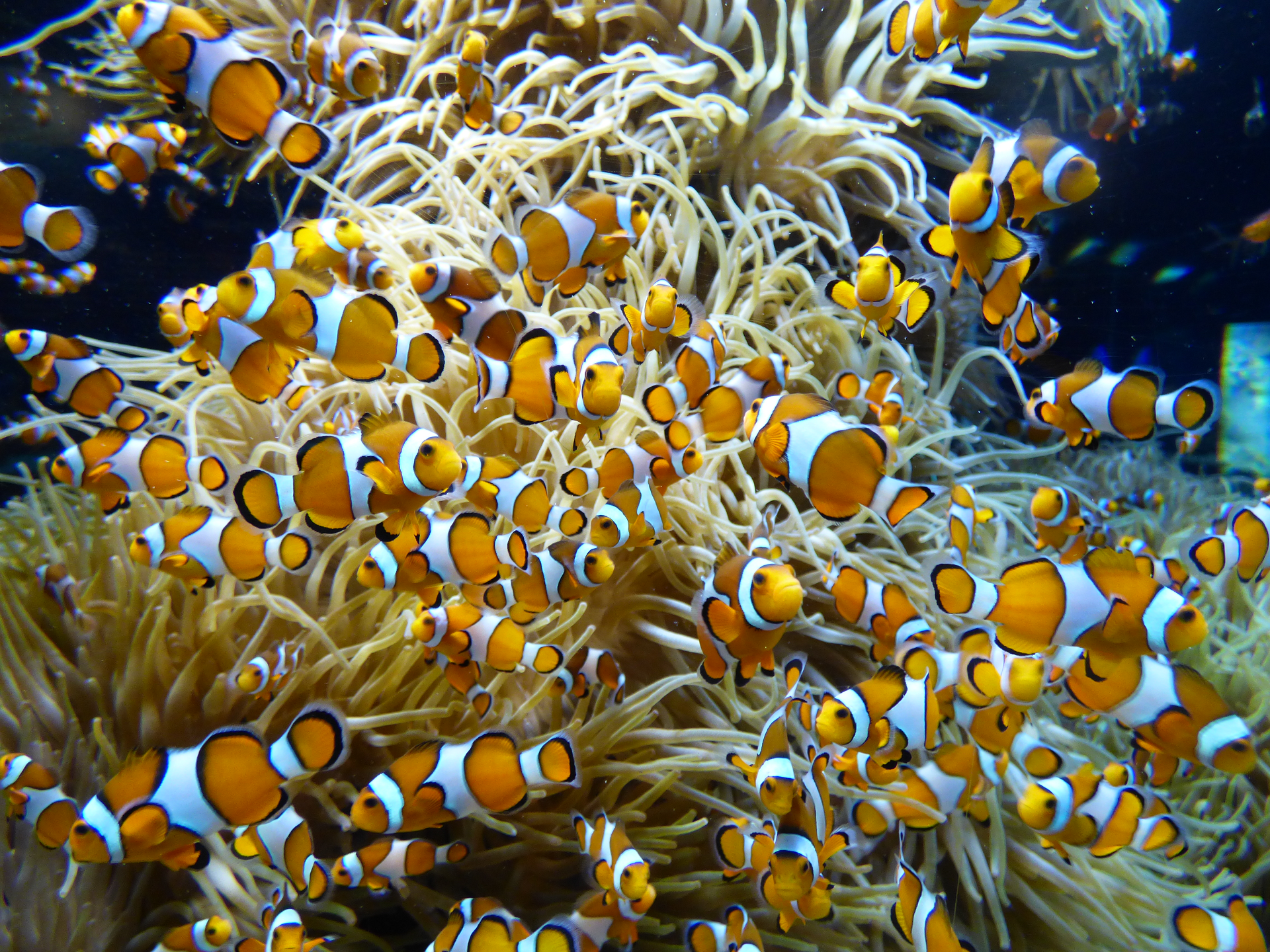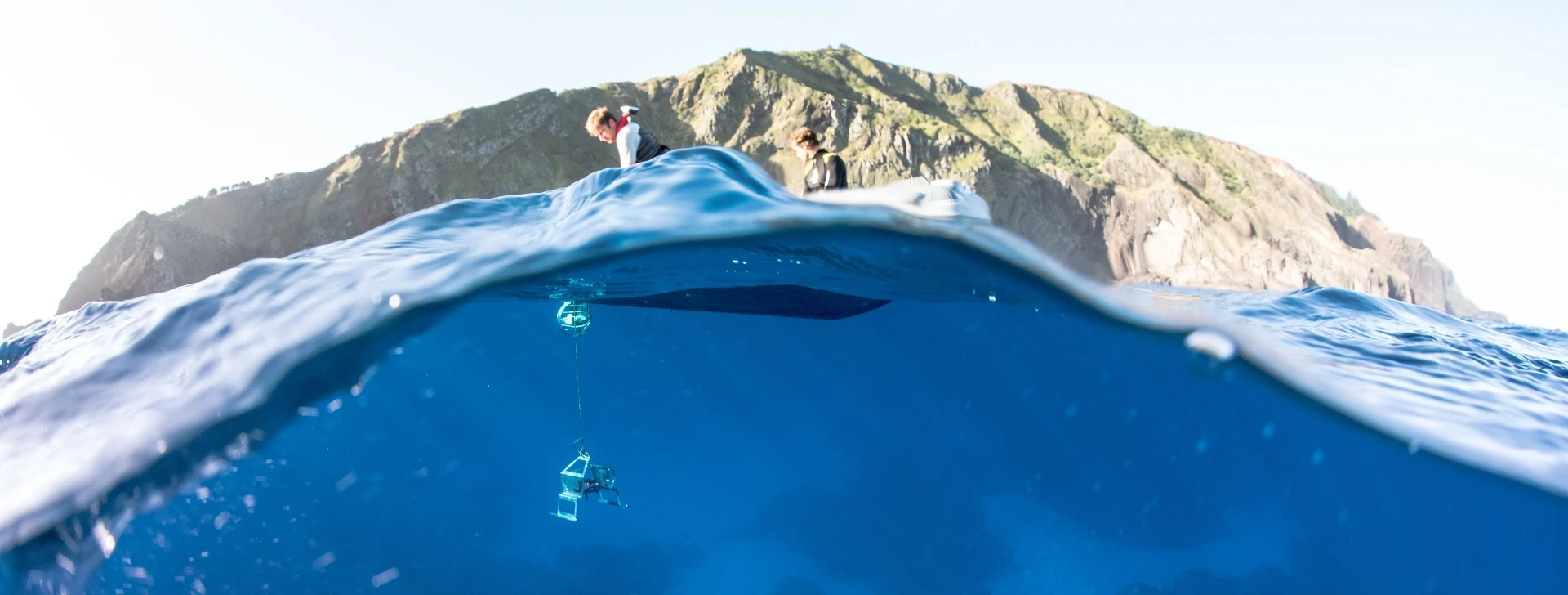Publication Abstract
- Title
-
Investigating the impact of microlitter on the seabed: a risk exposure approach.
- Publication Abstract
-
Seafloor sediments have been defined as sinks for microplastics in the marine environment and could therefore represent suitable matrices for their long-term monitoring. Available monitoring data (2017-2021) mapped for the UK (England and Wales) and used to derive information on the physical makeup of the seabed that makes it efficient at storing the microplastic or not (regardless of whether there are some to be stored in the first place). A model based on the microplastic storage potential of the seabed was applied to estimate the distribution and abundance of microplastics for the UK (England and Wales). The model was converted into a GIS layer which was used alongside other GIS layers on likely sources of microlitter (e.g. marine infrastructure) as well as additional layers for marine sensitive habitats (e.g. Marine Protected Areas).
· GIS layers for likely marine sources for microlitter (e.g. wind farms) were used to match ‘hotspots’ of microplastics to estimate sources
· GIS layers for ‘sensitive’ habitats were used to predict potential risk-exposure
- Publication Authors
-
Adil Bakir *, Adam Porter , Alexandra R. McGoran *, Jon Barry *, Robert Brookes *, Clement Garcia *, Will Procter *, Claire Mason *, Stefan Bolam *, David Clare *, Jim Ellis a
- Publication Reference
-
Sedimentology of plastics: state of the art and future directions" issue of Philosophical Transactions A
- Publication Internet Address of the Data
- Publication Date
- Publication DOI: https://doi.org/
- Publication Citation


